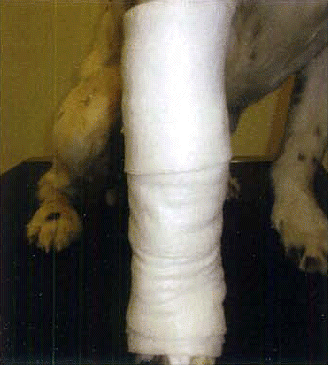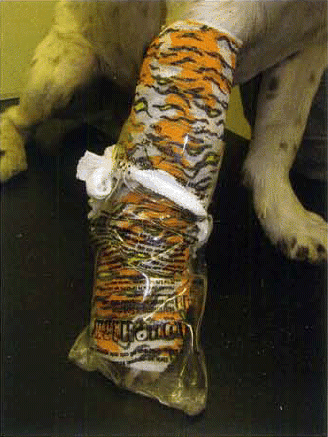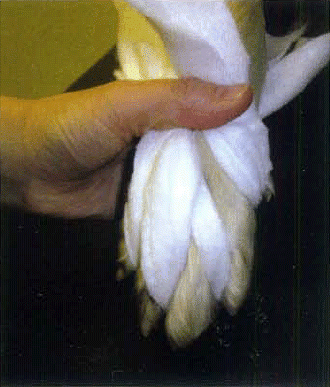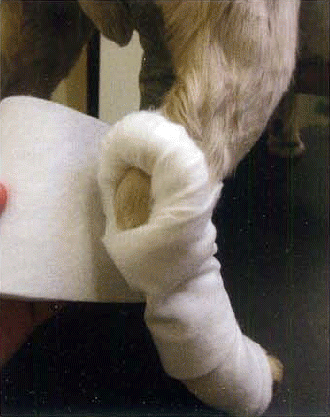Figures & data
Table 1. Functions of a bandage (from CitationWilliams & Moores, 2009)/
Figure 1. The patient suffered a pressure sore on the lateral aspect of the carpus. It was very quickly resolved by the use of a ‘doughnut’ dressing to relieve the pressure

Figure 2. The patient's limb had been ‘casted’. Upon removal of the cast, substantial skin necrosis had occurred

Figure 3. A small avulsed wound was closed surgically and a light support dressing applied. The patient chewed the dressing the following day, was off her food and subdued. The client ignored these symptoms and the advice they had been given and returned for a routine appointment 3 days later: The nurse was presented with a dressing with an unpleasant odour, which was very painful to remove and had resulted in this severe injury to the limb
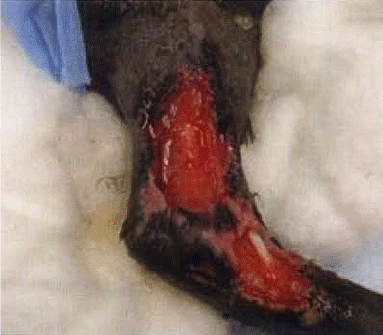
Table 2. Example of a client infonnation sheet
Figure 5. A Medipaw bandage cover in place over a large Robert-Jones dressing. It comes in various sizes and provides brilliant protection for the dressing
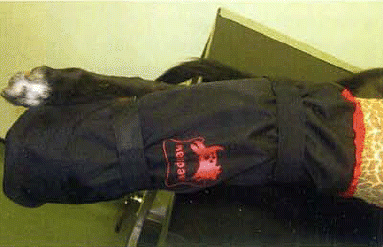
Figure 8. ‘Doughnuts’ can be used to protect vulnerable areas – such as hocks, elbow, stopper pads – from pressure sores. They are quickly and easily made by wrapping padding around the fingers, then folding the padding inside and round the circle made. They can be made to any size
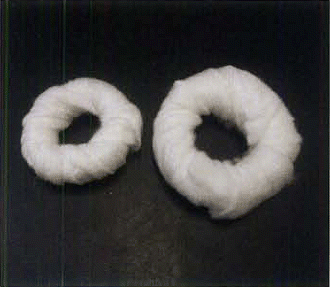
Figure 9. Rather than following the exact shape of the leg, extra padding should be used to achieve a uniform radius
